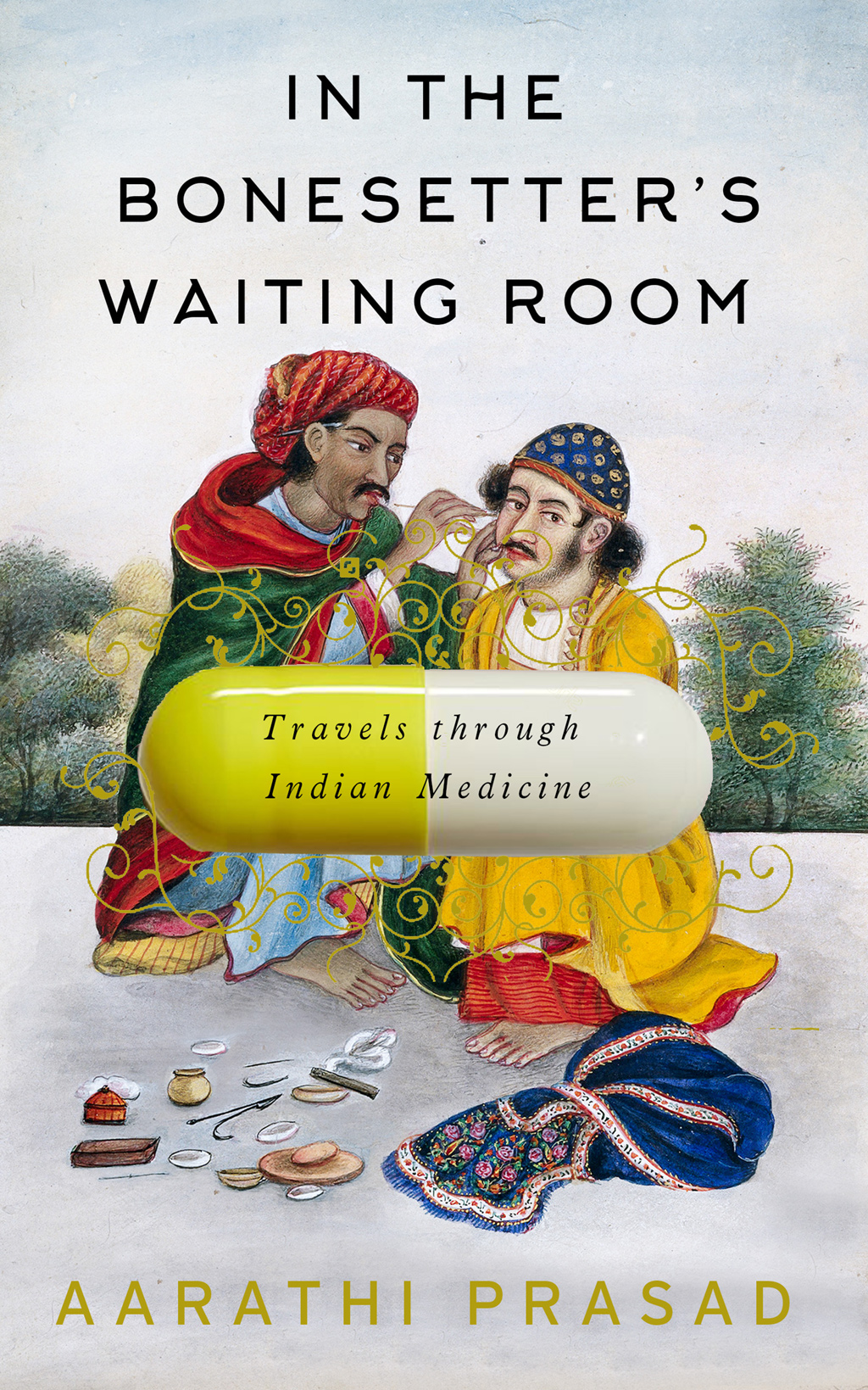The approaches to health in India that have come to be considered the alternative—Ayurveda, Siddha and Unani, to name just three—informed indigenous health practices in various parts of this country. They now survive only in the niches and edges of a healthcare system dominated by mainstream allopathic practice. There’s now quite a debate over the validity of traditional medicine in India. Aarathi Prasad claims for herself an outsider status in this debate and her interest in traditional medicine is a family link—her grandfather was a member of a committee which was set up to make recommendations on the synthesis of Indian and Western medicine just after Independence.
Prasad travels to India with her young daughter to understand the multiple and complex practices used to deal with illness in a country with no social support, and, for many people, not enough money for sustained mainstream healthcare. What she finds is that people, often in large numbers, seek out alternative healing not just because they can’t afford conventional treatments, but because they believe that non-allopathic healing works better. Although this is an area that’s extensively studied, In The Bonesetter’s Waiting Room deals with it in a manner that’s narratively engaging.
The book is a journey through several landmarks of alternative health in India. It starts in the Mumbai über-slum of Dharavi, where Prasad explores holistic healthcare and empowerment, and proceeds in a somewhat idiosyncratic but nonetheless charming way through representatives of India’s `460 crore plastic surgery industry. She then investigates contemporary forms of the strong traditional vaidyam and Ayurvedic culture of Southern India; the government sponsored AYUSH (Ayurveda, Yoga, Unani, Siddha, Homeopathy) programme; Dr Devi Shetty’s remarkable Bengaluru-based initiative to deliver heart healthcare to anyone who needs it, and Abhay and Rani Bang’s 25-year-old rural clinic in the famously turbulent Gadchiroli district of Maharashtra.
On the way, the author witnesses in Secunderabad a 200-year-old ceremony that is believed by many to cure asthma—one that involves swallowing a live fish, its mouth stuffed with a secret mixture of medicinal herbs. She also meets the bonesetter Hakim Mohideen, who claims that, “Without an x-ray, just by touching we can say if it is a break or a fracture. But if we see that someone needs it, we will refer them to have surgery.”
The idea that traditional and modern medicine need not be regarded competing systems, but complementary ones is an enduring theme of the book. Ayurveda may succeed where allopathy fails, and a patient may be saved after an accident through a judicious combination of Unani and plastic surgery. India, says Prasad, presents a health scenario driven by outstanding individuals with their own approaches, rather than systemic practices of improved healthcare which provide better care for a large number of people. The knowledge we carry culturally about alternative healing is a tried and tested one. This being the case, perhaps a future of better health for this country should, at least in part, involve looking backwards in time.
This is an anecdote-rich, well-researched and accessible book for those who may want to know about a different India where a fascinating variety of healing strategies co-exist with what we tend to regard as normative healthcare.




